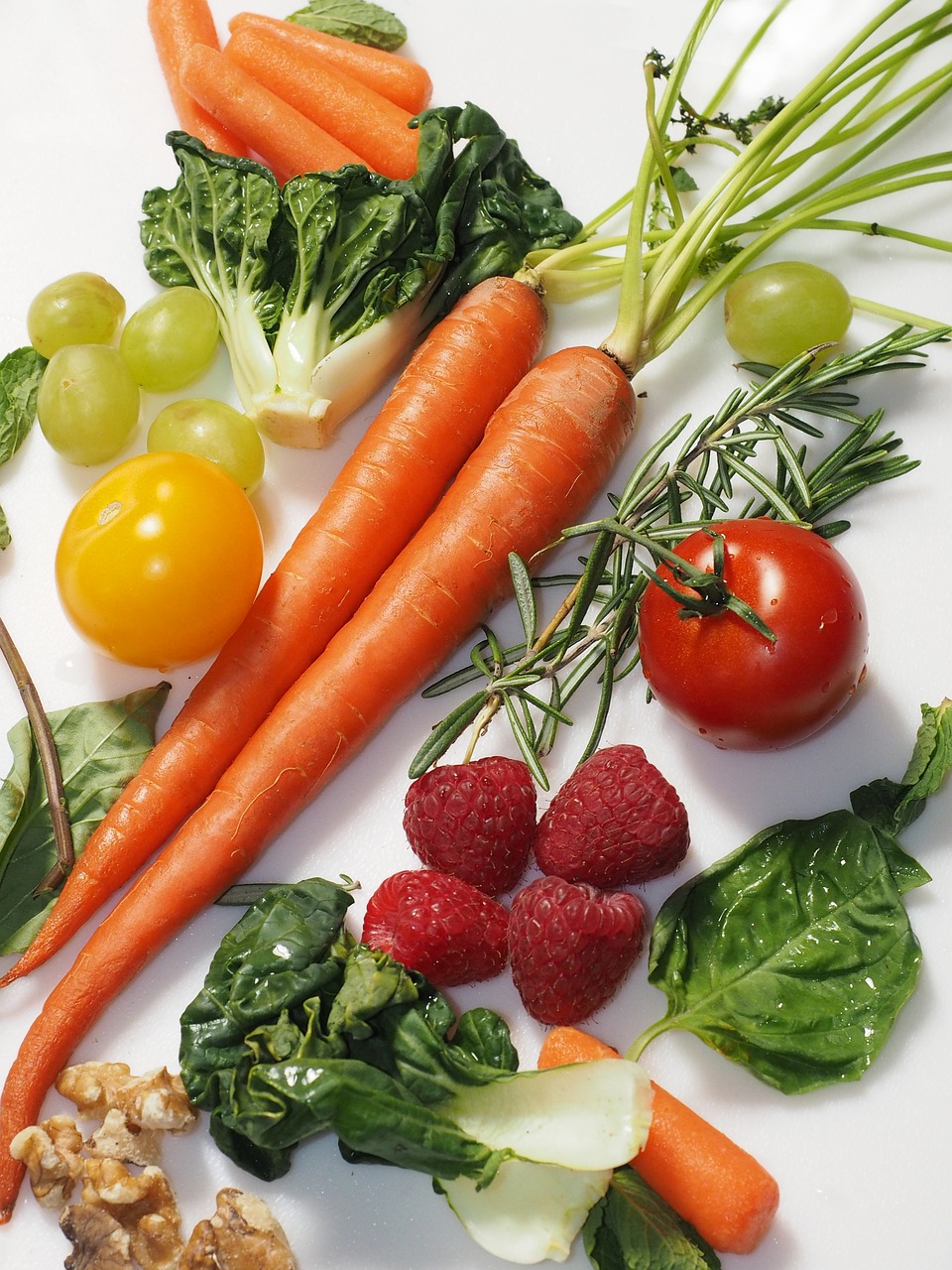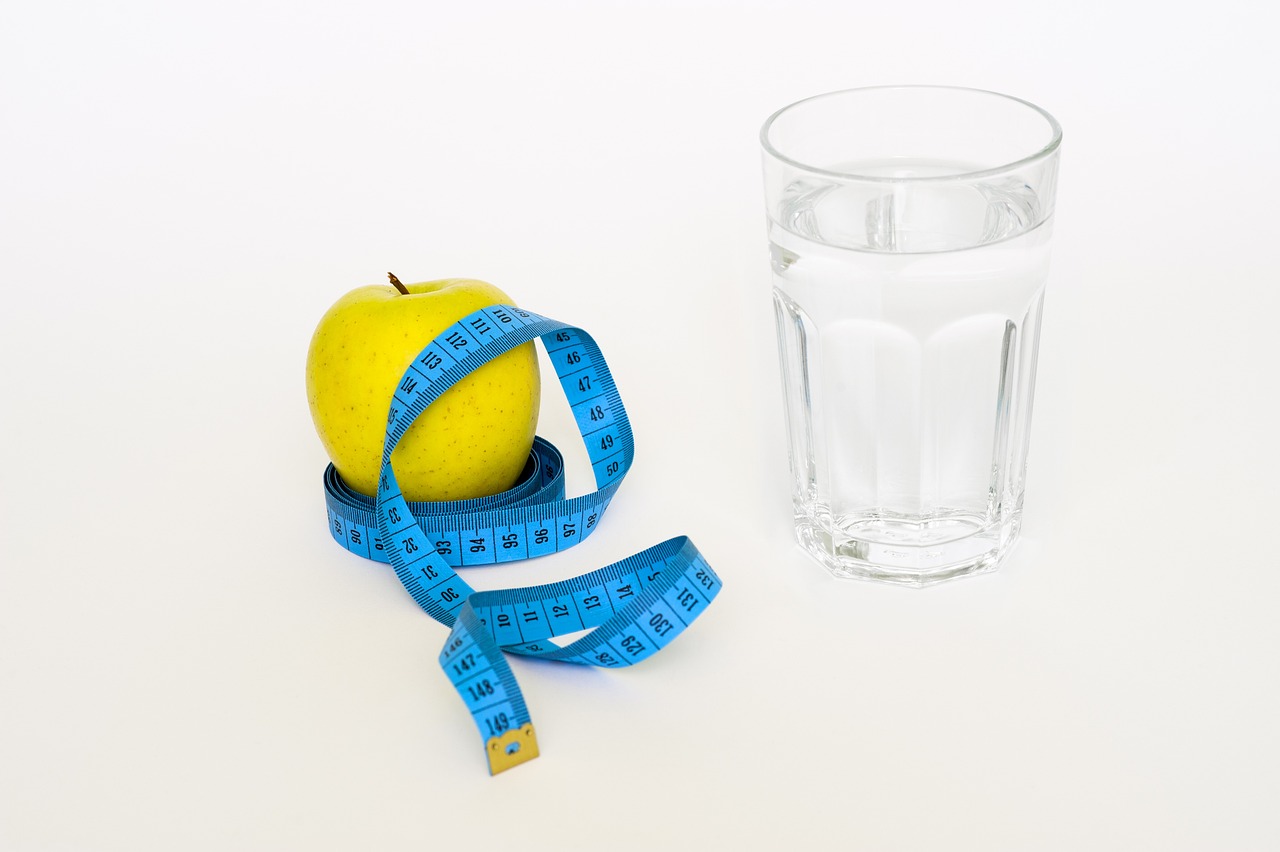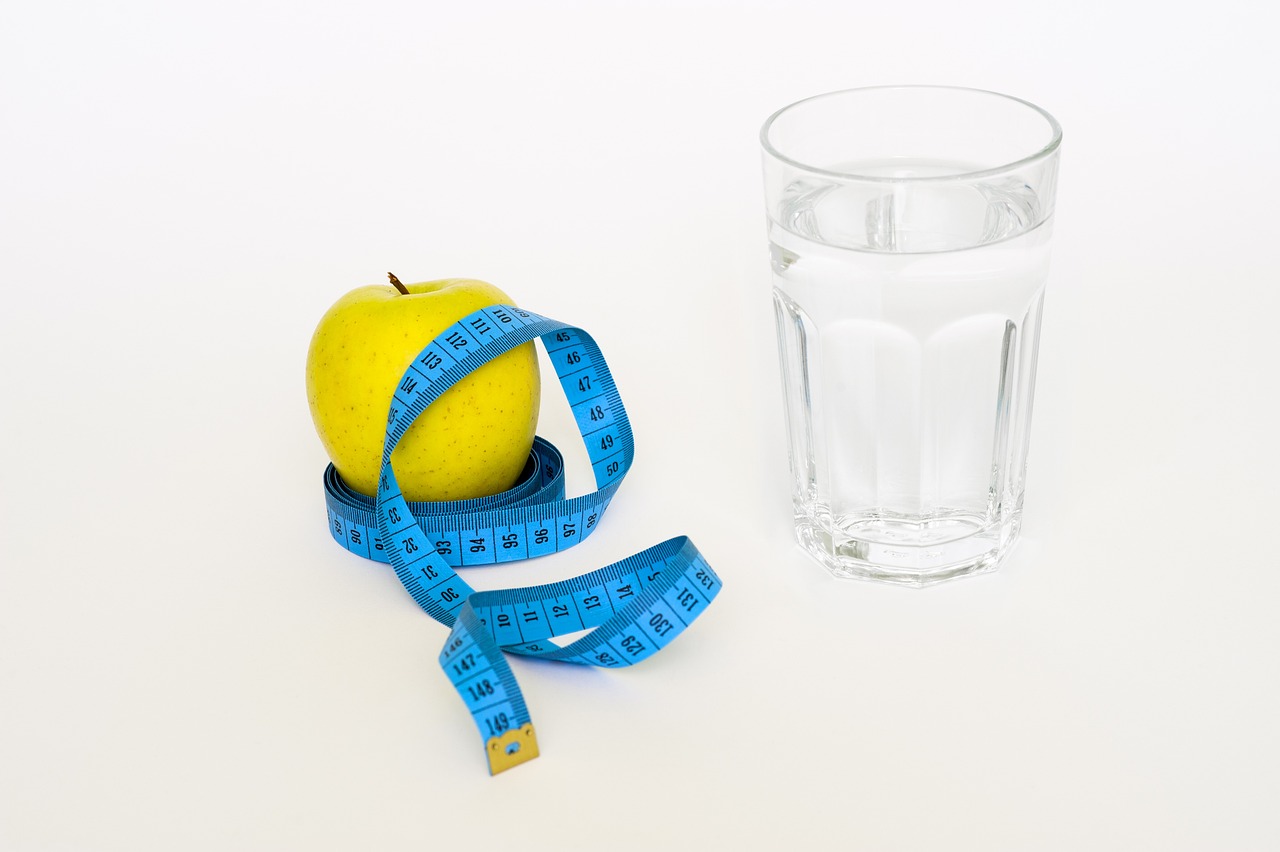Looking to make some changes to your diet? Consider trying out a Low-Fat Diet. This article/post will provide you with all the information you need to understand and adopt this diet. Learn about the benefits of a low-fat diet, along with potential challenges you may encounter. We’ll also discuss variations of this diet that may be relevant to your specific health needs. Plus, we’ll share some tasty recipe suggestions to keep you motivated on your low-fat journey. However, always remember to consult a qualified health professional before making any significant changes to your diet. Your health is unique, and personalized advice is essential to ensure the right nutrition for you. So, let’s dive into the world of low-fat diets and get started on a healthier, happier you!

Discover the Ultimate Weight Loss Secrets Here!
What is a Low-Fat Diet?
Definition of a Low-Fat Diet
A low-fat diet is a dietary approach that focuses on reducing the intake of fats, particularly saturated and trans fats. The goal is to limit the consumption of high-fat foods and replace them with healthier alternatives that are lower in fat content. This type of diet emphasizes the consumption of fruits, vegetables, whole grains, lean proteins, and low-fat dairy products.
Role of Fat in the Body
Fat plays several essential roles in the body. It serves as a concentrated source of energy, aids in the absorption of fat-soluble vitamins, provides insulation and protection for organs, and helps regulate body temperature. However, consuming excessive amounts of fat, especially unhealthy fats, can lead to weight gain, increased risk of chronic diseases, and other health complications.
Recommended Fat Intake
The American Heart Association recommends limiting the intake of total fat to no more than 30% of daily calorie intake, with saturated fat making up less than 10% of total calories. For a 2,000-calorie diet, this means consuming no more than 600 calories (67 grams) from fat, with less than 20 grams coming from saturated fat.
Benefits of a Low-Fat Diet
Weight Loss
One of the primary benefits of a low-fat diet is weight loss. By reducing the intake of high-calorie fats, you can create a calorie deficit, which is essential for shedding excess pounds. Additionally, low-fat foods tend to be more filling due to their higher fiber content, helping you feel satisfied and less likely to overeat.
Improved Heart Health
A low-fat diet can contribute to improved heart health by reducing the consumption of saturated and trans fats, which can increase the levels of LDL (bad) cholesterol. By substituting unhealthy fats with healthier options, such as unsaturated fats found in nuts, seeds, and olive oil, you can lower your risk of heart disease and stroke.
Lower Risk of Chronic Diseases
Following a low-fat diet can help reduce the risk of chronic diseases, including obesity, type 2 diabetes, and certain types of cancer. The emphasis on whole foods, fruits, vegetables, and lean proteins in a low-fat diet provides essential nutrients and antioxidants that support overall health and well-being.
Better Digestive Health
A low-fat diet, particularly one that includes ample amounts of fruits, vegetables, and whole grains, can promote better digestive health. These foods are rich in dietary fiber, which aids in digestion, prevents constipation, and supports a healthy gut microbiome. Additionally, a diet low in unhealthy fats can help prevent gastrointestinal issues, such as acid reflux and gallbladder problems.
Increased Nutrient Intake
By replacing high-fat foods with nutrient-rich alternatives, a low-fat diet can increase your overall nutrient intake. Fruits, vegetables, whole grains, and lean proteins are excellent sources of vitamins, minerals, and antioxidants that are necessary for optimal health. Additionally, by choosing low-fat dairy options, you can still obtain calcium and vitamin D while reducing your fat intake.

Click Here for Proven Fat-Burning Strategies!
Challenges of a Low-Fat Diet
Difficulty in Meal Planning
Following a low-fat diet may require some extra effort in meal planning and preparation. It can be challenging to find low-fat options while dining out or when faced with time constraints. However, with careful planning, you can create delicious and satisfying meals that align with your low-fat goals.
Limited Food Choices
A low-fat diet may limit some of the indulgent foods traditionally enjoyed, such as fried foods, creamy desserts, and fatty cuts of meat. While this may initially feel restrictive, it can be an opportunity to explore new and healthier food options. Experimenting with different fruits, vegetables, herbs, and spices can make your low-fat meals flavorful and enjoyable.
Lack of Satiety
Reducing fat intake can sometimes result in a feeling of reduced satiety, especially if not enough high-fiber foods are incorporated into the diet. To combat this, it’s important to include adequate protein, fiber, and carbohydrates in each meal to help you feel full and satisfied. Choosing whole grain products, legumes, and lean proteins can enhance satiety and prevent overeating.
Potential Nutrient Deficiencies
Although a low-fat diet can be nutritionally balanced, it may pose a risk of certain nutrient deficiencies if not carefully planned. Fats are a source of fat-soluble vitamins like vitamin A, D, E, and K. By reducing fat intake, it’s important to ensure that these vitamins are obtained from other sources, such as fortified foods or supplements, to prevent deficiencies.
Specific Variations of a Low-Fat Diet
The Ornish Diet
The Ornish Diet is a low-fat, plant-based diet that emphasizes whole grains, fruits, vegetables, legumes, and limited amounts of non-fat dairy and lean proteins. This diet promotes weight loss, improved heart health, and the prevention or reversal of heart disease.
The Pritikin Diet
The Pritikin Diet focuses on low-fat, high-fiber foods such as fruits, vegetables, whole grains, legumes, and lean proteins. It aims to lower cholesterol levels, reduce blood pressure, and promote overall health and weight loss.
The Engine 2 Diet
The Engine 2 Diet is a low-fat, plant-based diet that eliminates animal products and most added oils. It encourages the consumption of fruits, vegetables, whole grains, legumes, and includes moderate amounts of nuts and seeds. This diet is designed to improve heart health and promote weight loss.

Recipe Suggestions for a Low-Fat Diet
Low-Fat Breakfast Recipes
- Vegetable Omelet: Sautee a variety of colorful vegetables such as bell peppers, mushrooms, and spinach, and combine them with beaten egg whites. Top with fresh herbs and serve with whole grain toast.
- Yogurt Parfait: Layer non-fat Greek yogurt, fresh berries, and a sprinkle of low-fat granola or nuts for added texture.
- Whole Grain Toast with Nut Butter: Choose a whole grain bread and spread it with a tablespoon of almond or peanut butter. Top with sliced banana or strawberries for added sweetness.
Low-Fat Lunch Recipes
- Grilled Chicken Salad: Grill skinless chicken breast and serve it over a bed of mixed salad greens, cherry tomatoes, and cucumbers. Dress with a light vinaigrette or a squeeze of fresh lemon juice.
- Tuna Wrap: Mix canned tuna with non-fat Greek yogurt, diced celery, and a squeeze of lemon juice. Wrap it in a whole wheat tortilla and add crunchy lettuce and sliced tomatoes.
- Vegan Quinoa Salad: Cook quinoa and let it cool. Mix it with diced cucumber, cherry tomatoes, sliced avocado, and fresh herbs like cilantro and parsley. Dress with a light lemon and olive oil dressing.
Low-Fat Dinner Recipes
- Baked Salmon with Steamed Vegetables: Bake a salmon fillet with herbs and lemon juice, and serve it with steamed broccoli, carrots, and cauliflower.
- Stir-fried Tofu with Brown Rice: Sautee tofu cubes with a mix of colorful vegetables such as bell peppers, snap peas, and carrots. Serve it over cooked brown rice.
- Turkey Meatballs with Zucchini Noodles: Make turkey meatballs with lean ground turkey, breadcrumbs, and herbs. Serve them over spiralized zucchini noodles and top with marinara sauce.
Low-Fat Snack Recipes
- Fresh Fruit Salad: Combine a variety of fresh fruits, such as berries, melons, grapes, and citrus, for a refreshing and antioxidant-rich snack.
- Vegetable Sticks with Hummus: Cut carrots, cucumbers, and bell peppers into sticks and serve them with a side of homemade or store-bought hummus for a crunchy and satisfying snack.
- Air-popped Popcorn: Pop plain popcorn kernels without oil and season with herbs, spices, or a sprinkle of nutritional yeast for a low-fat and fiber-rich snack.
Importance of Professional Guidance
Consultation with a Nutritionist
It is important to consult with a nutritionist or a qualified health professional before starting a low-fat diet or any dietary change. They can provide personalized guidance tailored to your individual needs, goals, and existing health conditions. A nutritionist can also help you create a well-balanced meal plan and ensure that you are getting all the necessary nutrients.
Understanding Individual Health Needs
Everyone’s health needs are unique, and what may work for one person may not be suitable for another. A professional can assess your overall health, take into account any pre-existing medical conditions or dietary restrictions, and provide recommendations based on your specific circumstances.
Avoiding Potential Risks
Following a low-fat diet without proper guidance may lead to unintended consequences, such as nutrient deficiencies or an imbalanced diet. By consulting with a professional, you can minimize the risks and ensure that your low-fat diet is safe, effective, and sustainable in the long term.
Remember, this article serves as a general guide and should not replace personalized advice from a qualified healthcare professional. Prioritize your health and consult with a nutritionist or doctor to determine the best approach for your individual needs.

